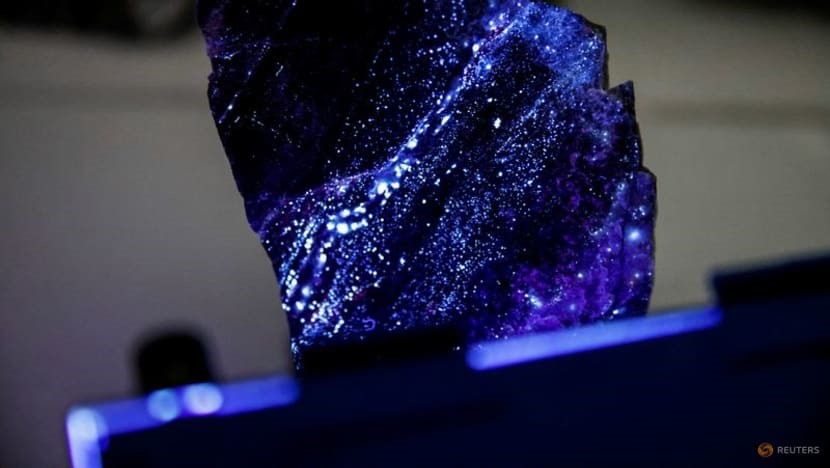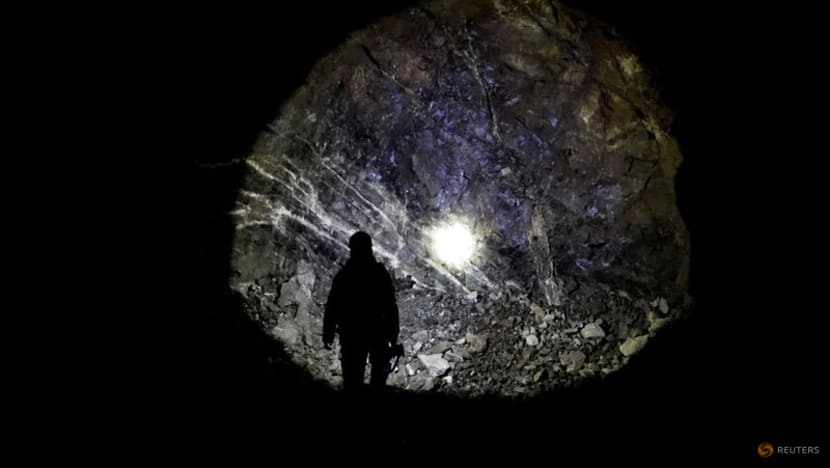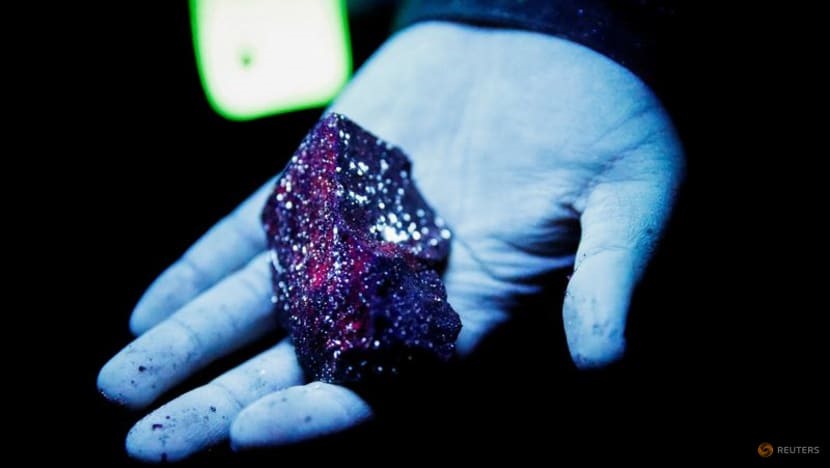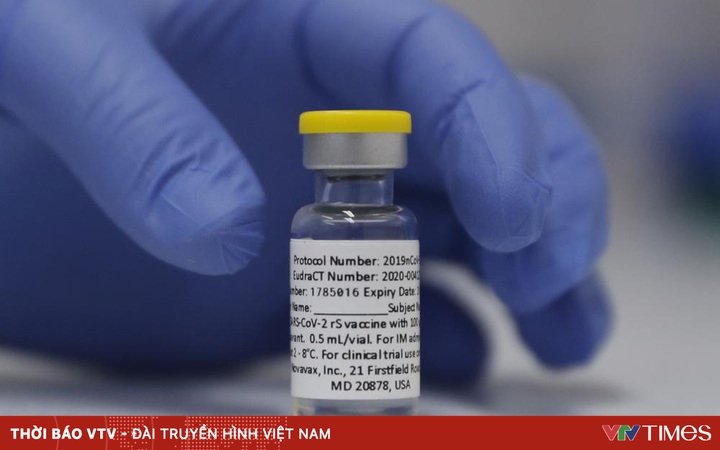Korea races to get rid of China’s dependence on rare minerals
Blue tungsten flickering from the walls of once abandoned mines may have catalyzed the efforts of Korea aimed at breaking Chinese dominance over important minerals.

Reliance on China
The tungsten (or tungsten) mine in Sangdong, 180km southeast of Seoul, is being revived to extract rare metals valuable in the digital age, in technologies ranging from phones and chips to electric vehicles and rocket.
Many countries consider minerals a matter of national security as China controls the extraction, processing or refining of many of these minerals.
The Asian powerhouse is the largest supplier of important minerals to the US and Europe, according to a study by the China Geological Survey in 2019. Of the 35 minerals the US classifies as important, China is the largest supplier of 13 types of minerals, including rare earth elements. needed for clean energy technology. China is the largest source of 21 important minerals to the European Union, such as antimony used in batteries.

“In the critical raw materials restaurant, China is sitting down to dessert and the rest of the world is sitting in a taxi reading the menu” – Julian Kettle, Senior Vice President of Metals and Mining at the company consultant Wood MacKenzie, waltz.
There must be a REMOVAL plan
The potential is especially great for South Korea, home to major chip makers like Samsung Electronics. South Korea is the world’s largest per capita tungsten consumer and depends on China for 95% of its imports of the metal, which is prized for its unmatched strength and heat resistance.
According to CRU Group, a commodities analyst based in London, China controls more than 80% of the global supply of tungsten.
The tungsten mine in Sangdong, a metropolis once home to 30,000 people and now only 1,000, has one of the largest tungsten mines in the world and could produce 10% of the global supply when it comes into operation from 2023, according to the theme. mine ownership.
Lewis Black, CEO of Almonty Korea, which belongs to the parent company of Almonty Industries, based in Canada, said the company plans to supply about half of its production to the Korean domestic market to replace it. supply from China.
“It’s very easy to buy from China and China is Korea’s biggest trading partner, but they know they’re over-dependent. You have to have a plan B right now,” said Lewis Black.
Tungsten in Sangdong, discovered in 1916, was once a mainstay of South Korea’s economy, accounting for 70% of the country’s export earnings in the 1960s at a time when the metal was heavily used in cutting tools. metal.
Sangdong mine was closed in 1994 due to cheaper supply of minerals from China.
Currently, Almonty is saying that the above demand, along with the price continuing to increase thanks to the digital and green revolution, as well as the desire to diversify the supply sources will promote mining in this field. .
Prices in Europe for 88.5% paratungstate, a key ingredient in tungsten products, are trading around $346 a ton, up more than 25% from a year ago and close to a five-year high. year, according to the Asian Metals Valuation Authority.
The Sangdong mine is being modernized, with extensive tunnels dug underground, while the tungsten crushing plant has also begun operations.
Kang Dong-hoon, a manager in Sangdong, said: “We should continue to operate this mine so that the new technology can be transferred to the next generations. We have been in the mining industry for 30 years. If we lose this opportunity, there won’t be another chance.”
Almonty Industries signed a 15-year agreement to sell tungsten to Pennsylvania-based Global Tungsten & Powders, USA. It is a supplier to the US military and uses much of the metal in artillery warheads, missiles and satellite antennas.
However, there is no guarantee of long-term success for the mining consortium, which is investing around $100 million in the Sangdong project, Reuters noted. Such joint ventures may still find it difficult to compete with China, and some industry experts fear that developed countries will not live up to their pledge to diversify supply chains with important minerals. important.
Supply Chain Diplomacy
Seoul set up a task force on key economic security categories after a supply crunch last November when Beijing tightened exports of the urea compound that many South Korean diesel vehicles are required to use. to cut emissions. At that time, nearly 97% of Korea’s urea came from China, and shortages caused people to flock to the gas station across the country.

Korea Mine Rehabilitation and Mineral Resources Corporation (KOMIR), the government agency responsible for national resource security, said it has committed to subsidizing about 37% of Sangdong’s tunneling costs and will consider further support. to minimize any potential environmental damage.
In January, President-elect Yoon Seok-yeol has pledged to reduce “a certain country’s” dependence on minerals, and this past April announced a new resource strategy that allows the South Korean government to share reserve information with the private sector.
Korea is not alone. The US, the European Union and Japan have all launched or updated the country’s key mineral supply strategies over the past two years, laying out extensive plans to invest in diversified supply lines. to reduce dependence on China.
The mineral supply chain has also become part of the diplomatic mission. Last year, Canada and the European Union launched a strategic partnership on raw materials to reduce dependence on China. Recently, Korea signed cooperation agreements with Australia and Indonesia on mineral supply chains.
“Supply chain diplomacy will be a priority for many governments in the coming years as access to key raw materials for digital and green transformation has become a top priority” – Henning Gloystein, Director Energy and climate director of consulting firm Eurasia Group.
In November, China’s top economic planner said it would step up exploration of strategic mineral resources including Raretungsten and copper.
at Blogtuan.info – Source: laodong.vn – Read the original article here



